Students and faculty debate Student Loan Forgiveness program challenge
Schuyler Smith/Iowa State Daily
The Student Loan Education Office helps ISU students manage the amount of debt from loans.
President Joe Biden’s Student Loan Forgiveness program has been challenged in court by six Republican-led states.
The conservative wing of the U.S. Supreme Court questioned the Biden Administration’s authority to implement a federal student debt relief program estimated to potentially aid millions of borrowers.
In an email response, economics professor John Winters criticized the debt relief program and its supporters.
“Debt relief supporters have provided very weak answers to the fundamental question of how this solves problems,” Winters stated.
Winters stated that providing student debt relief to students will have a negative impact on motivation to repay loans.
“The public service student debt forgiveness aspect will likely create very bad incentives and lead to huge costs,” Winters stated.
Winters stated that targeting lower-income borrowers would make the policy more cost-effective, adding that a program with a cap starting at $50,000 per year and phasing out at $75,000 would be more appealing to him.
“There is no such thing as a free lunch,” Winters stated. “Somebody has to pay for student loan forgiveness, [and] it eventually means some combination of higher taxes, lower spending, and more national debt.”
Dirk Deam, professor of political science, said the program alters the obligations of student loans in certain emergencies, adding that the argument is that the emergency situation is COVID-19.
Deam said Republicans’ immediate reaction to the program’s launch was to claim the program was being used to capture the votes of college students.
“Republicans have put it in those terms, not everybody, but many [Republicans], are using this as a device, especially in the courts, as a device for trying to block this [program],” Deam said.
Deam said this program is largely criticized for how money is being spent and forgiven rather than the appropriation of financials.
“This is a situation where we’re just denying ourselves a source of payback money, so we’re taking on a debt that we wouldn’t otherwise take on,” Deam said.
Deam said he does not believe the financial aspect is the main source of the controversy, adding that executive power is at the center.
“The problem is that Republicans and Congress don’t want to pass legislation, and they certainly don’t want to pass legislation like this,” Deam said. “The Biden Administration feels that this is an emergency [and that they] need to do something about it, and [they] can’t get a bill through Congress so [they] have to do it at the executive level.”
Roberta Johnson, the executive director of student financial aid, said she doesn’t hold a specific stance on the subject but rather considers the sides of both students and taxpayers.
“From a student perspective, those individuals who previously borrowed [and] who fall into the category that would end up having their loans forgiven are going to get a huge benefit, and I have no doubt that for those individuals, it might mean the difference between being able to pay their rent or groceries or any of a number of other things,” Johnson said.
Johnson said it does not seem fair when she looks at it from the perspective of a U.S. taxpayer who may have previously paid off their student loan debt.
Johnson said the Office of Student Financial Aid ensures that students who require aid are educated on what is occurring with student loans and debt payoff, such as the recent challenge against the loan forgiveness program.
“[Ensuring students are] prepared for the fact that if the Supreme Court ruling comes down and indicates that President Biden did not have any authority to issue broad spectrum cancellation on loans for students, that they understand the importance of getting back in touch with their servicer and also how they should prepare for re-entering the repayment agreement or arena,” Johnson said.
Johnson said students out of school and in repayment status would be affected the most by the Supreme Court ruling outcome.
“It’s (the Student Loan Forgiveness program) not going to help any students that are currently enrolled in school right now, [and] it would only help those students who have been out of school and are actually in every payment status,” Johnson said.
Johnson said the program has not altered how financial aid is implemented at Iowa State. She said the Office of Financial Aid makes an effort to offer packages with a combination of grants, scholarships for those students who qualify for student employment and student loans.
“If they’ve not done so yet, [students] should go out to studentloans.gov and double-check how much debt they’ve incurred thus far and make sure they understand when their loans will go into repayment,” Johnson said.
Johnson said the Department of Education has clarified that the payment pause will expire 60 days after the Supreme Court ruling is final or 60 days after June 30, which is the last day the Supreme Court has to issue its ruling on this particular case.
Audrey Ferrie, a sophomore on the pre-architecture track, says she has conflicting opinions regarding the loan forgiveness program.
“It may encourage more younger people to pursue a career through college, [and] it would also benefit the student as college loans can put a person’s life on pause post-graduation because they are focused on paying back the loans,” Ferrie said.
Ferrie said that, on the other hand, the source of the financial aid needs to be considered. She said U.S. citizens would be contributing to paying for students to attend college, and as a country already largely in debt, student loan forgiveness would increase state tax burdens.
“Overall, I think a decision should be made that considers all U.S. citizens and not just those who attend college,” Ferrie said.
Keenan Jacobs, a sophomore majoring in computer science, said the program benefits students in need but is not a practical approach to delivering financial aid services.
“I think massive aid to students nationwide is a lovely idea; however, implementing such a program would be hard because of the amount of national debt we are already under, [and] I can see and understand both sides of the situation,” Jacobs said.
Jacobs said it is important for students to receive some government aid. He said it is only possible to be objectively fair to everyone by spending an extensive amount or not giving much money at all.
“I would say the program is a good idea, but I would be concerned in where the money would come from,” Jacobs said.
Madeline Dye, a junior majoring in public relations, said she believes it is sad and unjust that the program is being challenged as it opens doors for students and their futures.
“The aid being distributed opens doors for future generations and for those who wouldn’t be able to further their education without it,” Dye said. “This is something we need to really focus on, and it’s great that the money is there to do so.”
Your donation will support the student journalists of the Iowa State Daily. Your contribution will allow us to purchase equipment, send our student journalists to conferences and off-set their cost of living so they can continue to do best-in-the-nation work at the Iowa State Daily.


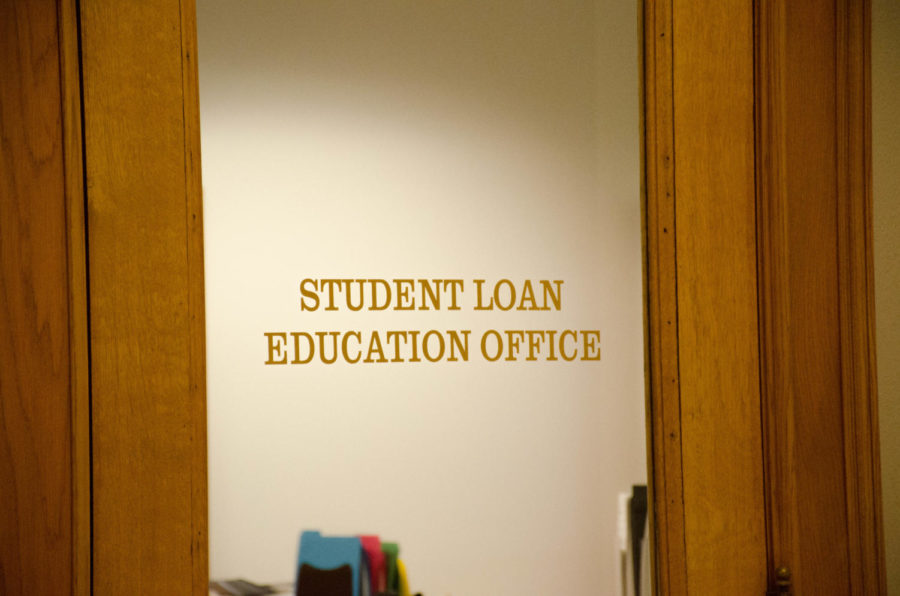

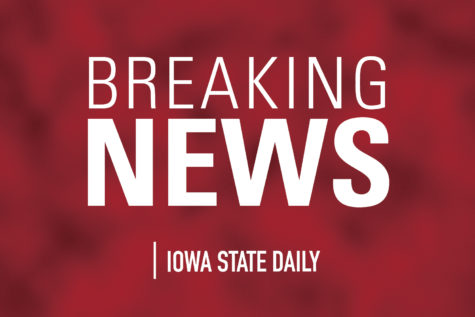
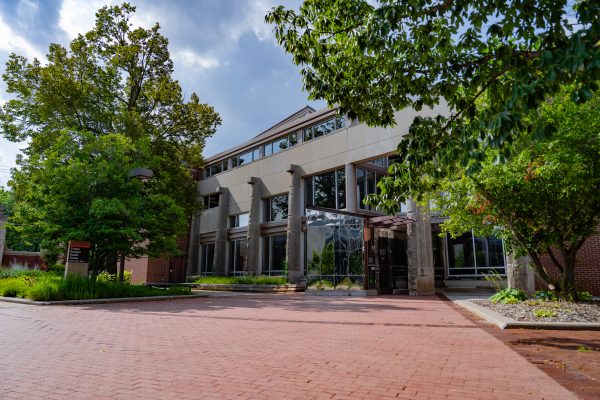
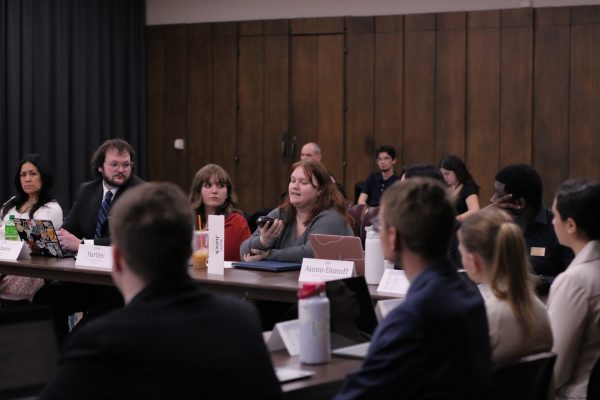
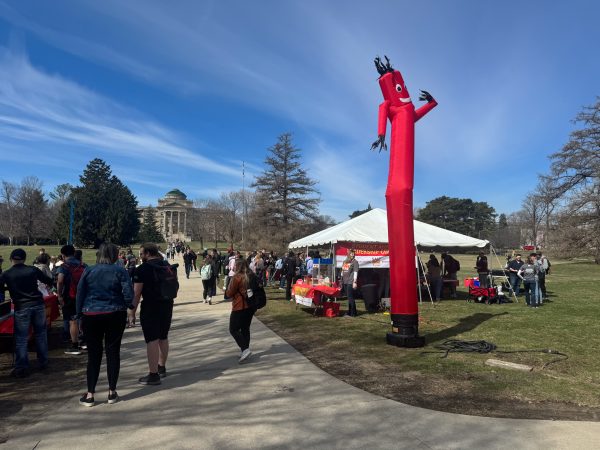
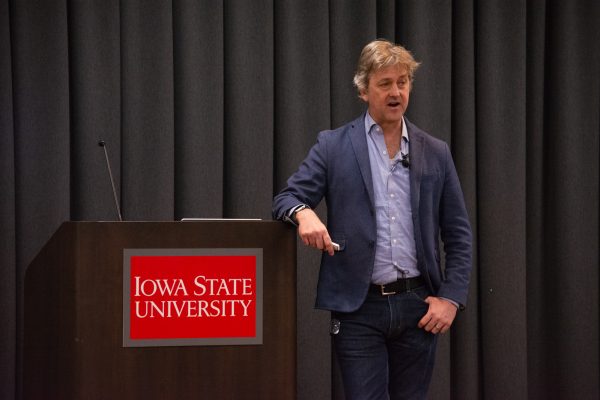

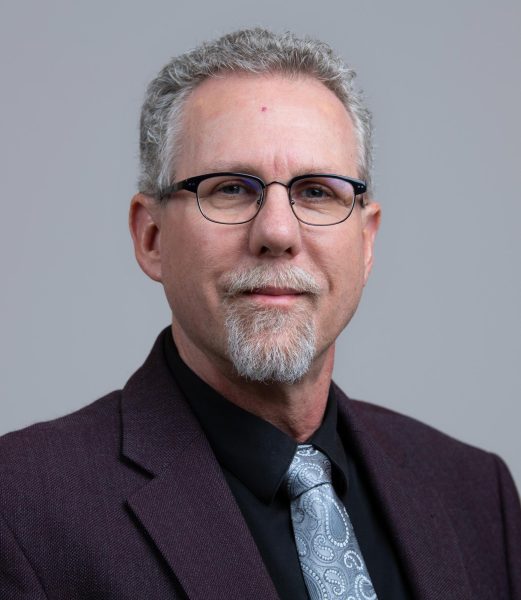
HEZZIE KENDRICK III | Mar 21, 2023 at 8:14 am
Look we all have an opinion and that’s fair all I’m going to say if we can bail out banks and other sectors that need money and help and the tax payers are on the hook why not for educational purposes?